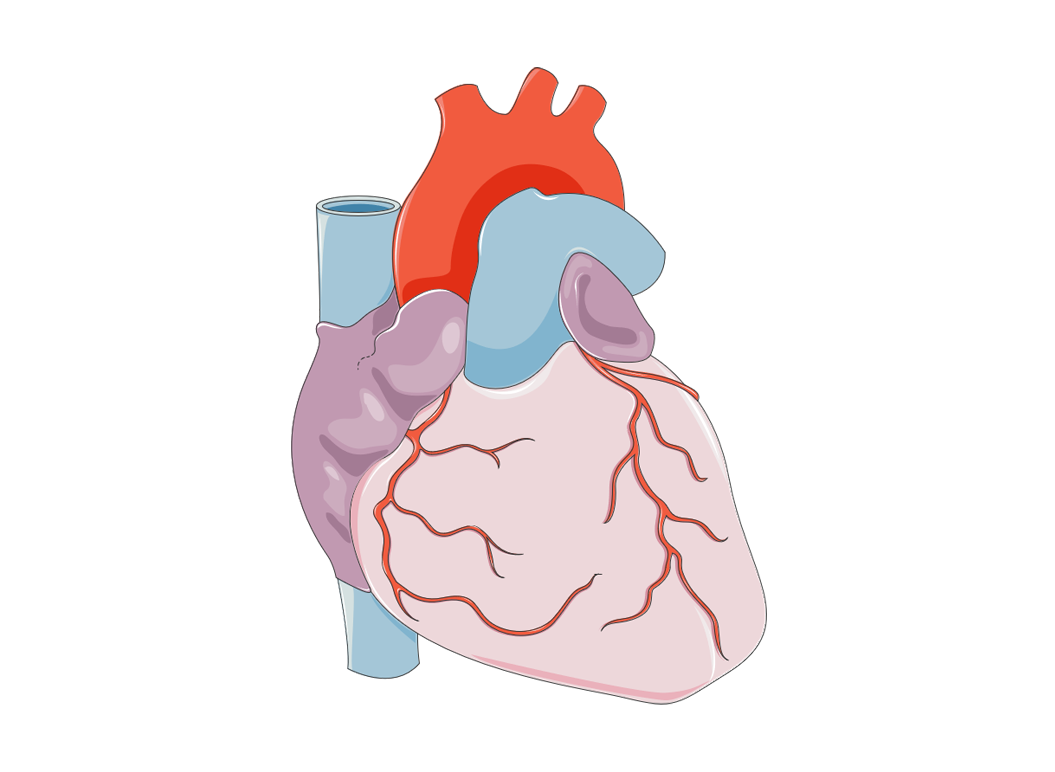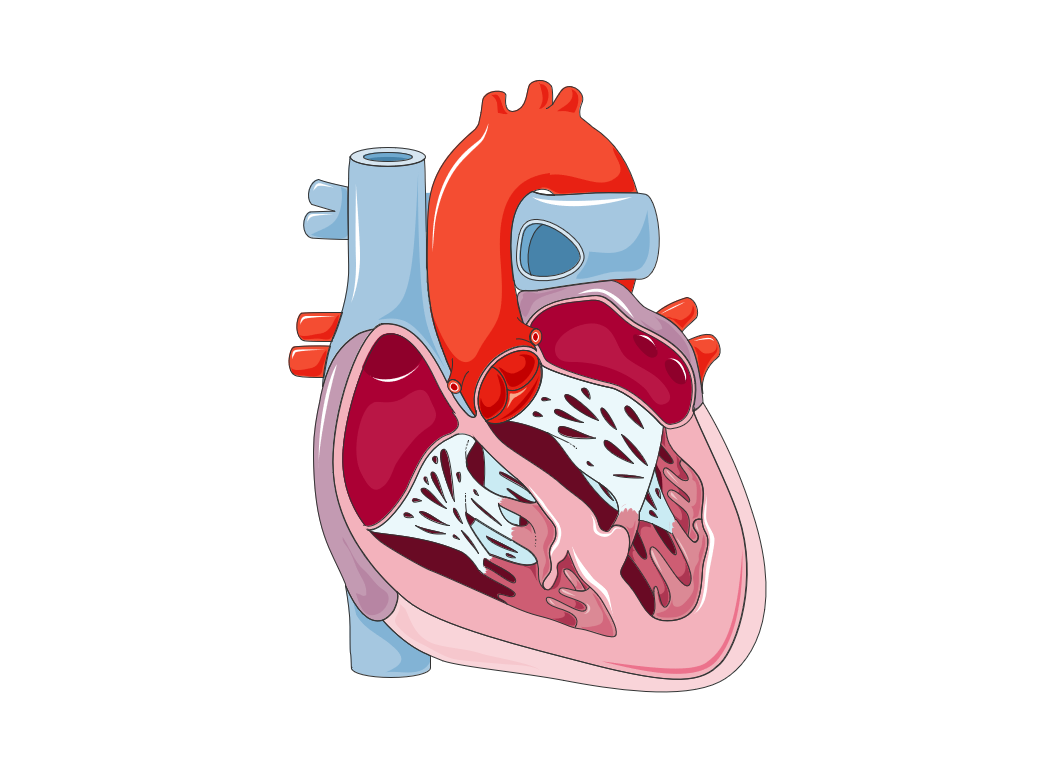Looking at the Heart

AUSTRALIAN CURRICULUM ALIGNMENT
- Multicellular organisms rely on coordinated and interdependent internal systems to respond to changes to their environment
- Describing how the requirements for life (for example oxygen, nutrients, water and removal of waste) are provided through the coordinated function of body systems such as the respiratory, circulatory, digestive, nervous and excretory systems
BACKGROUND
Dissections are perfect for understanding the organs and systems within the body. In dissecting an animal, students see, touch, and explore the various organs in the body. Seeing these organs and understanding how they work within a single animal allows students to understand how these systems work within many other animals, including themselves. While there are various aspects that may differ between humans and other animals, many of the organ systems in complex animals work in similar ways to those of humans. Students can also learn about ecology and evolution through dissection. Certain body structures and adaptations can be seen that illustrate how they evolved over time, and how they fill particular niches in the ecosystems they belong to.In this practical, students have the opportunity to dissecting a sheep heart to allow them an understanding of the structures of a mammalian heart and its functionality. This provides an in-depth understanding of the organ in a way that diagrams, 3D models and animations struggle to fully convey. Dissection of this organ will reveal the particular texture and thickness of vessel and chamber walls, and demonstrate the movement of the different valves.
METHOD - STUDENT ACTIVITY
External Examination of the Heart
- Identify blood vessels on the surface of the heart. See Figure 1.
- Record the colour and texture of the various parts of the heart.
- Examine the size and shape of the heart; record size, mass and estimated external volume.
- Identify the right side of the heart based on your understanding. How did you know?
- Identify the vessels entering and leaving the heart. Arteries may be identified through thick, rubbery walls and veins through significantly thinner ones. Feel inside these vessels with your fingers and record a comparison of the texture and strength.
- Observe the insides of the main arteries and veins. Categorise any structures attached to the walls and attempt to identify what they are and their function.
- Identify the atria and ventricles and try to describe structural differences in the walls.

Internal Examination of the Heart
- Using a scalpel, cut down through the aorta and the left ventricle to the tip of the heart. The position of the blood vessels on the surface will aid in determining the right place to cut. You should then be able to identify the coronary artery that supplies the heart with blood.
- Pull the edges of the ventricle apart and examine the inside of the ventricle and the aorta.
- Make an incision upwards into the left atrium.
- Make note of the measurements of the wall thickness of the atrium and the ventricle.
- Observe points an atrium joins a ventricle. Examine the structures there and you should find valves that separate the chambers of the heart. This will appear as flaps of thin tissue, with tough ‘threads’ attached to the base of the flaps. Observe the number of threads there are on each side of the heart. How do you think these valves function?

INVESTIGATION
- Ask students if they think the sheep heart would be similar to their own heart. Students should explain their reasoning.
- Ask students if they think the sheep heart would be similar to that of a frog, snake, bird.
- Relate the number of chambers in the heart to warm blooded and cold-blooded animals.
EXTENSION EXERCISE
- Comparing an amphibian heart (frog/toad) dissection to a mammalian heart dissection is a great way to explore the physiological differences and similarities between the two.
TEACHER TIP
- If you have access to one, a magnifying video camera can be used to project a demonstration dissection to help guide students through the lab procedure.
 Time Requirements
Time Requirements
- 50 min
 Material List
Material List
- Sheep Heart (Frozen or Preserved)
- Dissection Pan
- Dissection Pad
- Dissection Kit
- Absorbent Mat
- Plastic Ruler
 Safety Requirements
Safety Requirements
-
Wear appropriate personal protective equipment (PPE).
- Know and follow all regulatory guidelines for the disposal of laboratory wastes.
- Wash hands thoroughly before and after handling any organic materials.
- Handle scalpel with care as it has the potential to cause serious injury.
- Sterilise work surfaces before and after the practical.
- Do not conduct this dissection in areas of food prep or consumption.
